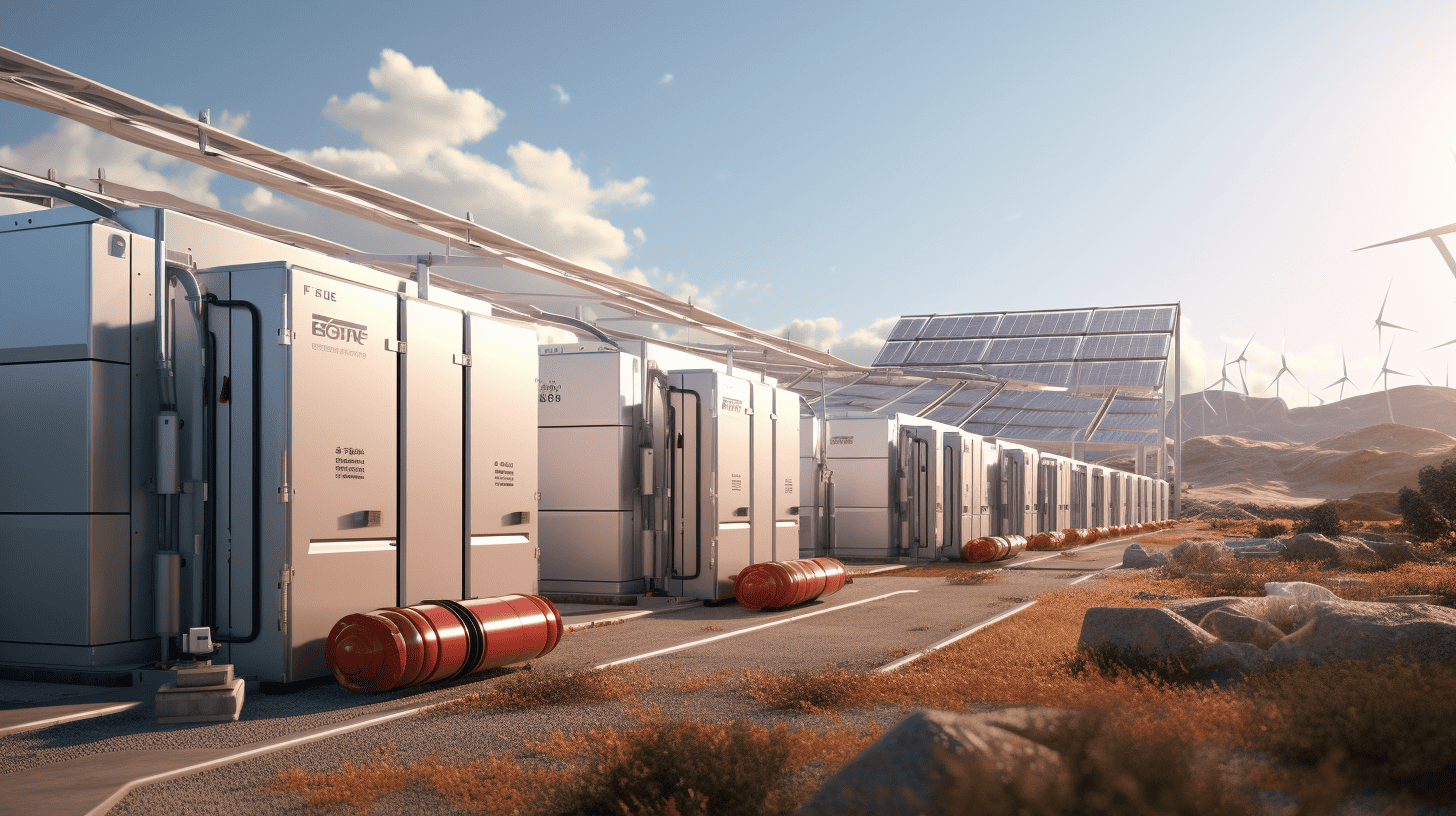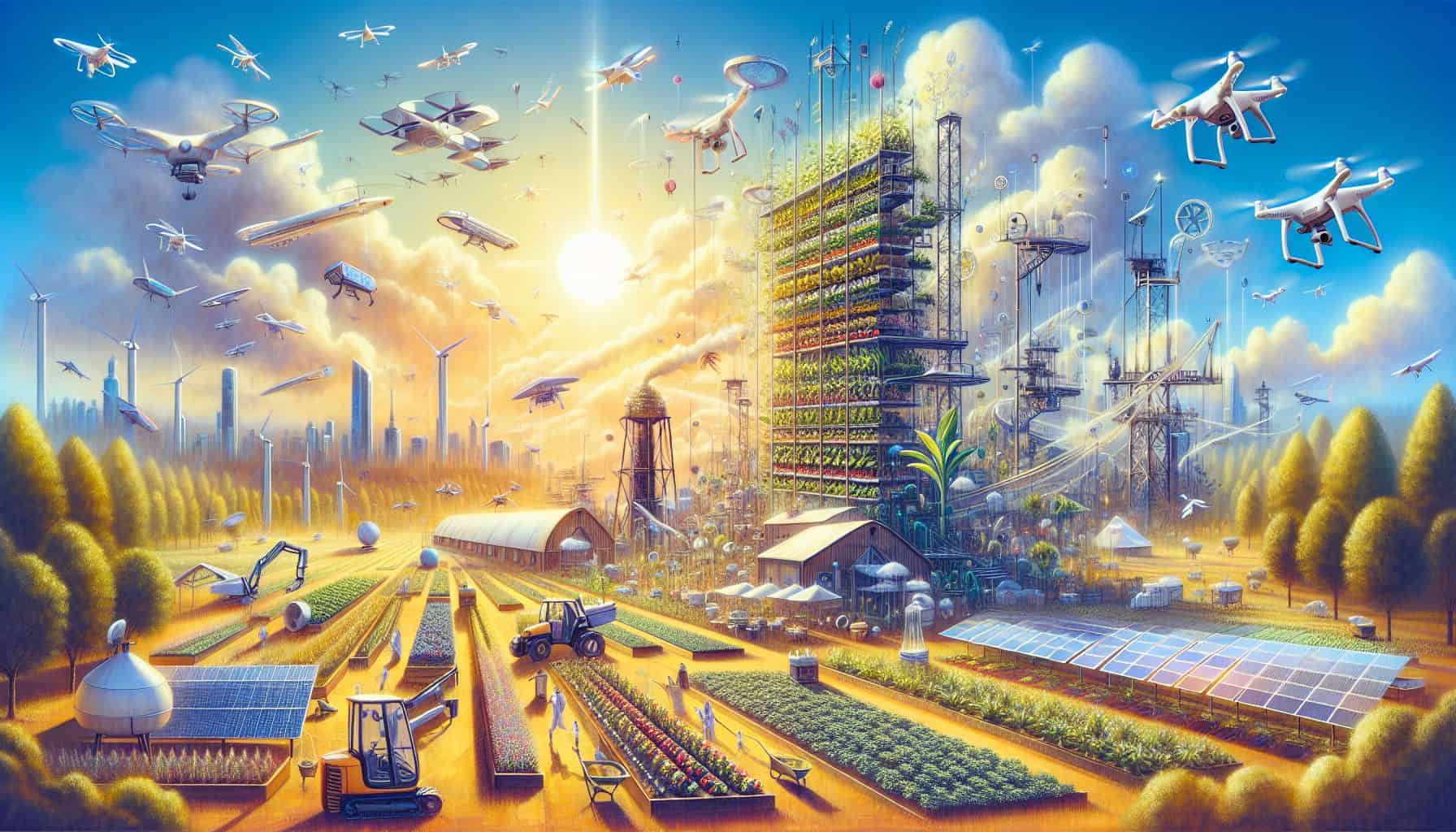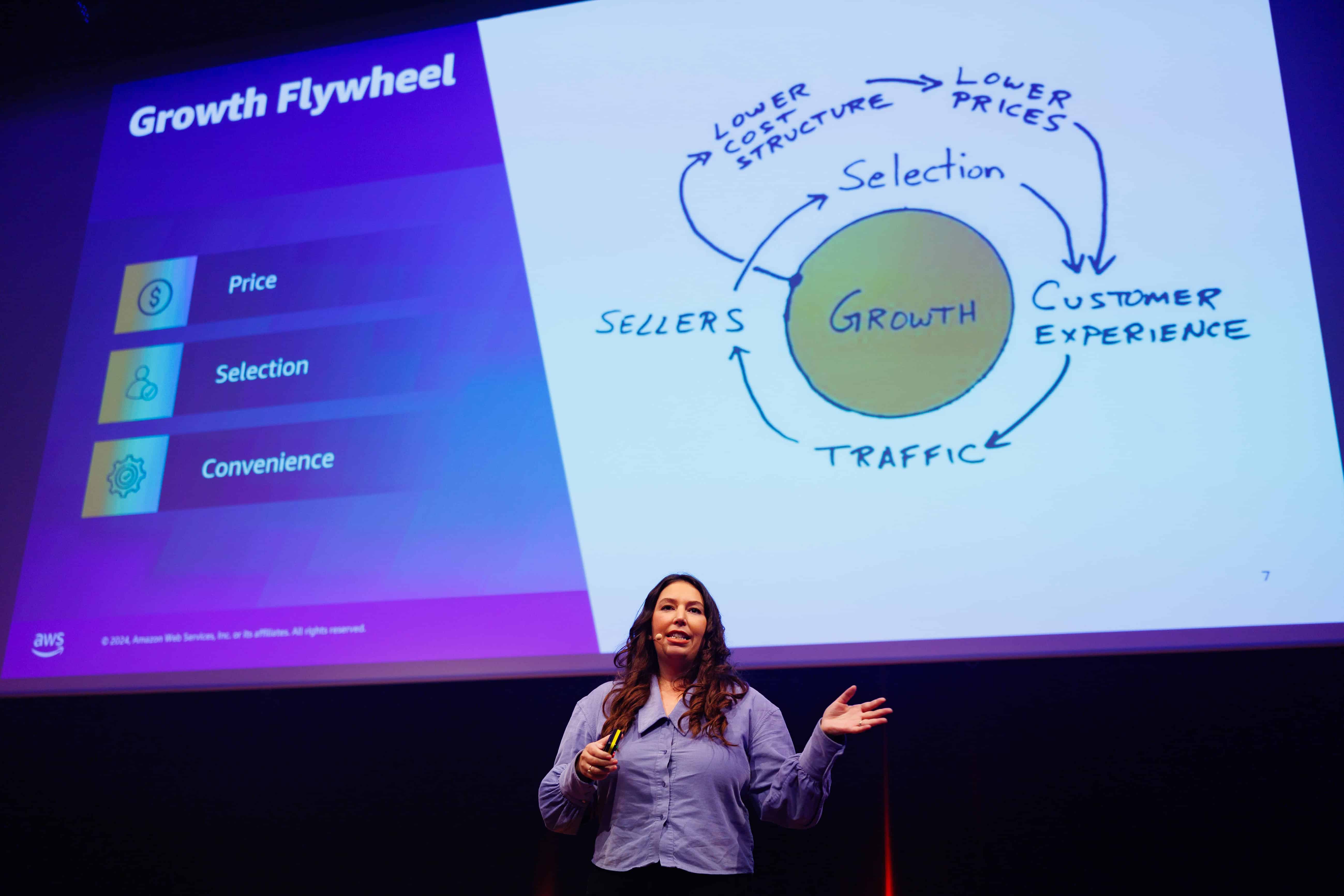
Fusion power, a promising energy source that harnesses electricity from nuclear fusion reactions, has been gaining momentum recently due to notable breakthroughs and increased investments. This is exemplified by Microsoft’s recent power purchase agreement with fusion startup Helion Energy, which demonstrates the tech giant’s confidence in fusion’s potential. Additionally, experts at Lawrence Livermore National Laboratory (LLNL) emphasize that fusion has the capability to generate hundreds of megajoules, underscoring its importance in facilitating the transition to clean energy. Helion Energy, supported by Sam Altman, the founder of OpenAI, has set a target to deliver fusion-generated electricity using Field Reversed Configuration by 2028. However, despite these advancements, none of the existing projects have yet demonstrated sustained net energy output. This raises the question of whether we are any closer to achieving fusion energy or if it remains a future technology that has been anticipated for decades.
Recent breakthroughs in fusion technology
A significant milestone in fusion energy was reached in an experiment at the LLNL in California, where a net energy gain was achieved for the first time. Researchers utilised 192 lasers to focus on a fuel capsule, creating pressure and temperatures hotter than the core of the sun, leading to a fusion reaction[4]. While this breakthrough demonstrates the feasibility of fusion energy, there is still a long way to go before it can be exploited on a practical level.

Similarly, Helion Energy has taken a different approach to fusion using Field Reversed Configuration, which involves shooting plasma at high speeds, leading to fusion upon collision. The company is currently building its seventh-generation fusion machine, Polaris, aiming to generate electricity by next year. Although Helion has generated energy with fusion prototypes, it has not yet achieved an energy-positive device.
Challenges facing fusion energy
Despite the progress made in fusion research, several challenges remain, including the need for increased process efficiency and sustainability over time and at scale. The fuel capsule used in the LLNL experiment only powered 10 teakettles, and the process requires more fuel and lasers every 10 seconds to be viable for a power plant. Additionally, while deuterium is abundant, tritium is both scarce and decays radioactively. Scientists are working on ways to breed tritium from fusion reactions or create fusion processes that only require deuterium.
Another challenge lies in the confinement of the fuel for fusion, which requires a plasma mixture of deuterium and tritium at extreme temperatures and pressures. The most popular design for a fusion reactor is the tokamak, which has faced difficulties with plasma turbulence and instabilities that need to be overcome for successful operation. Furthermore, the degradation of materials and their lifetime remain unknown until a power plant is in operation, adding another layer of uncertainty.
The future of fusion energy
The largest fusion project, ITER, is currently under construction in southern France and aims to demonstrate continuous energy output at power plant scale (about 500 MW) by 2035. ITER is expected to have a tenfold energy gain, but this is not yet economically viable. Its follow-up project, DEMO, is anticipated to generate electrical power by 2050. In parallel, several alternative fusion reactor designs are being developed, such as the Compact Fusion Reactor by Lockheed Martin, SPARC by MIT and Commonwealth Fusion Systems, and First Light Fusion in the UK.
Although fusion energy’s future remains uncertain, research continues with optimism for eventual success. Steven Cowley, director of the Princeton Plasma Physics Laboratory, highlights the progress made in the past decade in understanding plasma turbulence. As more investments pour into fusion research and new breakthroughs are achieved, the possibility of fusion energy becoming a reality in the coming decades increases. However, it is crucial that parallel efforts in renewables, nuclear fission, and carbon-capture techniques are continued to ensure a timely transition to a sustainable and clean energy future.








